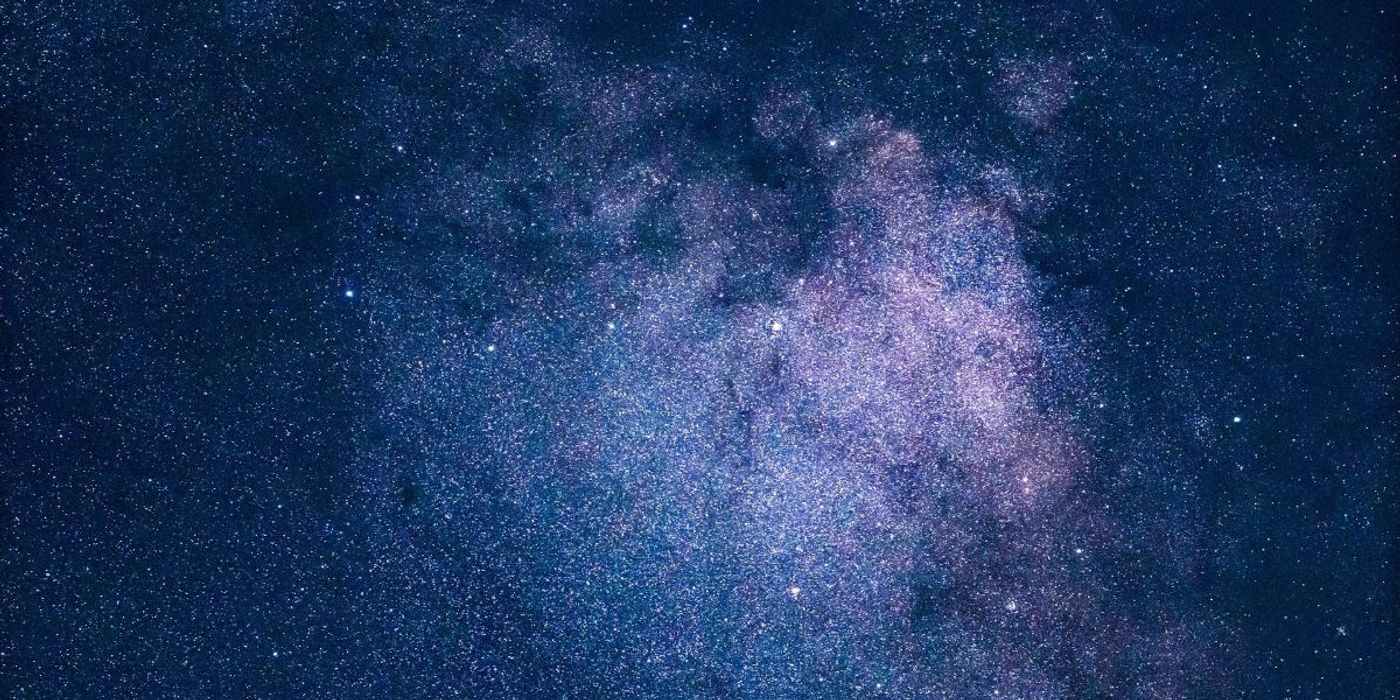The Difference Between a Low Mass Star and a Brown Dwarf
Researchers have identified five objects sitting on the border between very low-mass stars and brown dwarfs. The research was published in Astronomy and Astrophysics.
Stars, like giant gas planets such as Jupiter, are predominantly made from hydrogen and helium. However, unlike on gas planets, the gravitational force on stars is strong enough to cause hydrogen atoms to fuse into helium and thus produce large quantities of energy and light.
Brown dwarfs, however, also known as ‘failed stars’, are too small to fuse hydrogen together. Instead, they fuse small amounts of a heavier atomic version of hydrogen known as deuterium and thus produce much smaller amounts of light. Due to their rarity, researchers are still not sure of the precise cut-off point in terms of mass that separates very low-mass stars from brown dwarfs.
Until now, researchers have characterized around 30 brown dwarfs. This is very few in comparison to the hundreds of planets astronomers know in detail, and thus means we know relatively little about their properties.
In the present study, researchers characterized five objects as brown dwarfs. The objects were originally identified with the Transiting Exoplanet Survey Satellite (TESS), and are known as TOI-148, TOI-587, TOI-681, TOI-746 and TOI-1213.
Each object orbits its host star within 5 to 27 days, has a radius of between 0,81 and 1.66 times that of Jupiter, and are between 77 and 98 times more massive than the gas giant. These dimensions say the researchers, place these objects on the boundary between brown dwarfs and stars.
"Brown dwarfs are supposed to shrink over time as they burn up their deuterium reserves and cool down. Here we found that the two oldest objects, TOI 148 and 746, have a smaller radius, while the two younger companions have larger radii,” said Francois Bouchy, one of the authors of the study.
However, despite these factors suggesting the findings to be brown dwarfs, astronomers are still not entirely sure how to categorize them.
"Even with these additional objects, we still lack the numbers to draw definitive conclusions about the differences between brown dwarfs and low-mass stars. Further studies are needed to find out more," said Nolan Grieves, aother author of the study.
Sources: Astronomy and Astrophysics, Science Daily









